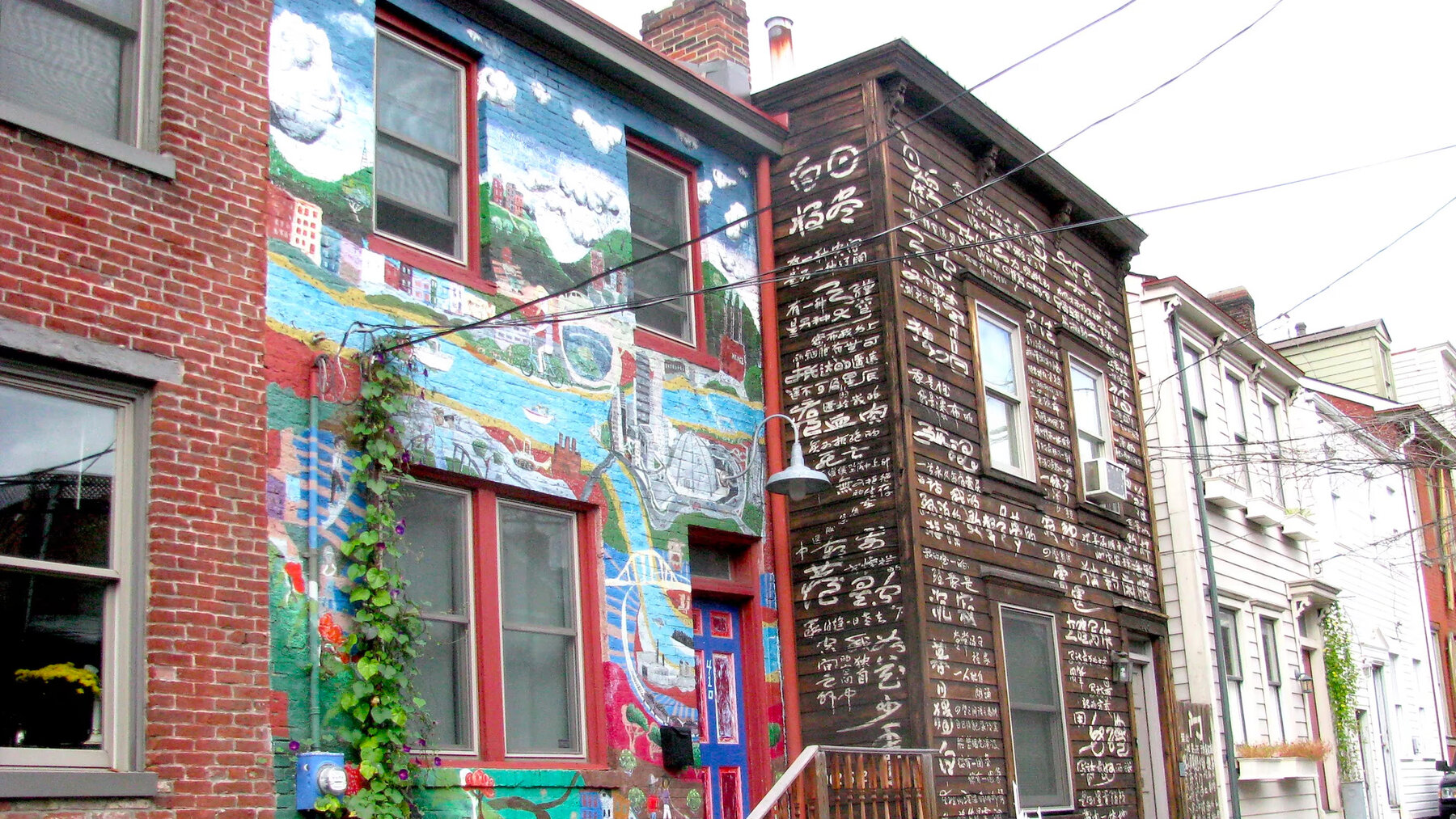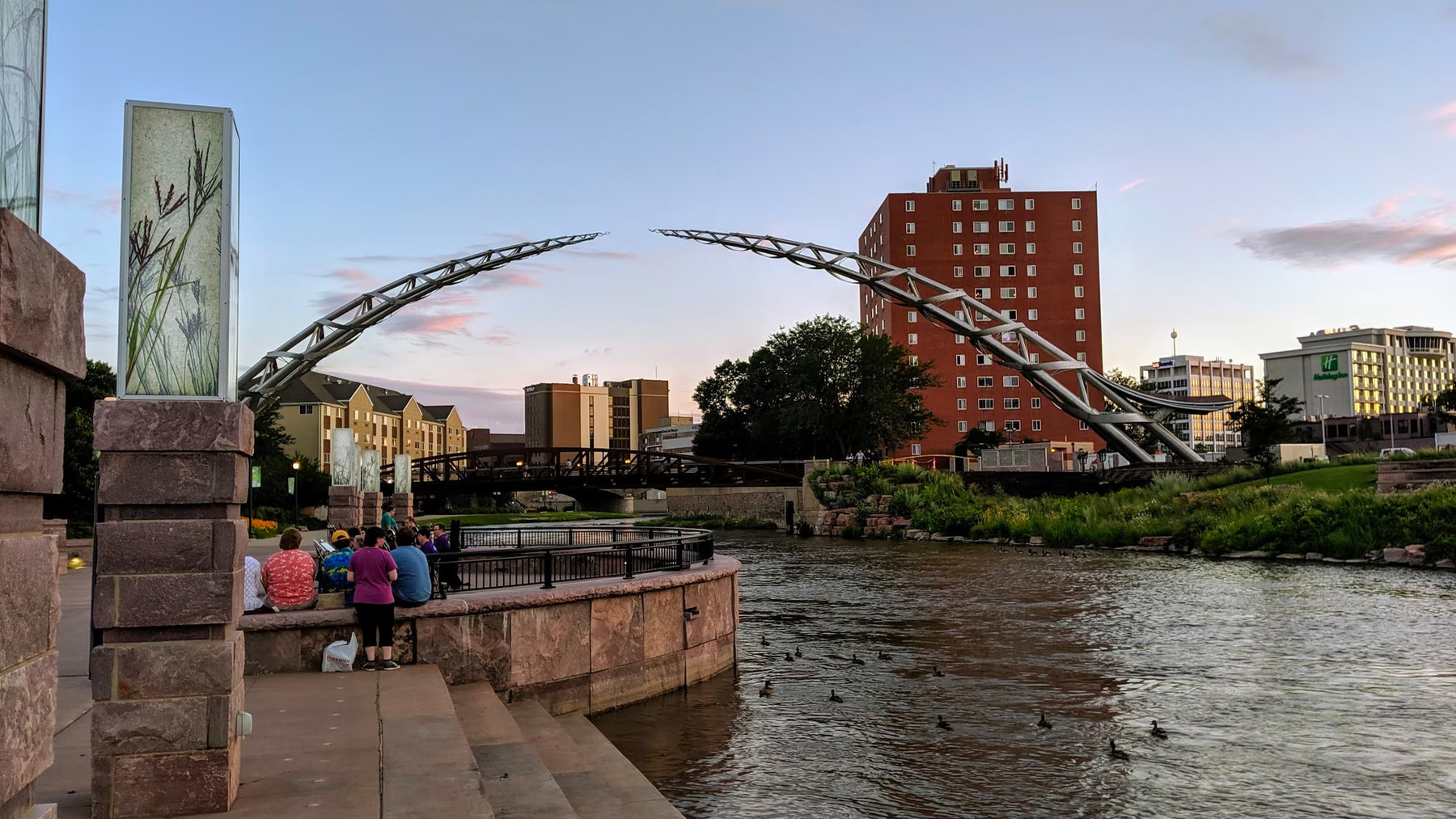Last month Deb Fallows did several popular posts — here, here, and here — about regional variations in the question you ask someone when you’ve first been introduced. “Where do you work?” “Who are your people?” “How long have you lived here?” and so on.
I mention it now for two reasons. One is to tout the wonderful video that Katherine Wells, of the Atlantic’s video team, has made about answers to just this question. She phoned people from around the country and recorded their responses, building on leads from Deb’s items. I find it haunting and will be surprised if you don’t think it worth a look. The direct link is here, and it is embedded below.
Reason two is to highlight another Esri map that John Tierney has made to illustrate a linguistic/sociological point. Earlier, Deb reported that a standard opening question in St. Louis was “Where did you go to high school?” John’s map showed why the question had such resonance there.
In Greenville and surrounding upstate South Carolina, a standard opening question is “Where do you go to church?” This new map by John Tierney gives an idea why:
Now, a bonus third reason, which connects this to some previous posts. In my article on Greenville I mention that the surrounding county was the last one in the state, which itself was the last one in the union, to observe Martin Luther King’s birthday as a holiday. Over the weekend I posted a note from Knox White, long-serving mayor of Greenville, saying that the city itself had voted for MLK long before the more-conservative county did. It turns out that there is an entire academic study of just this point. It is “Religious Interests in Community Conflict: The Case of Martin Luther King Jr Holiday in Greenville, South Carolina,” by four scholars from Furman University in Greenville. It is interesting, especially about the complexities of class-based and race-based politics, and you can read it here. Thanks to John Tierney for recommending it.



